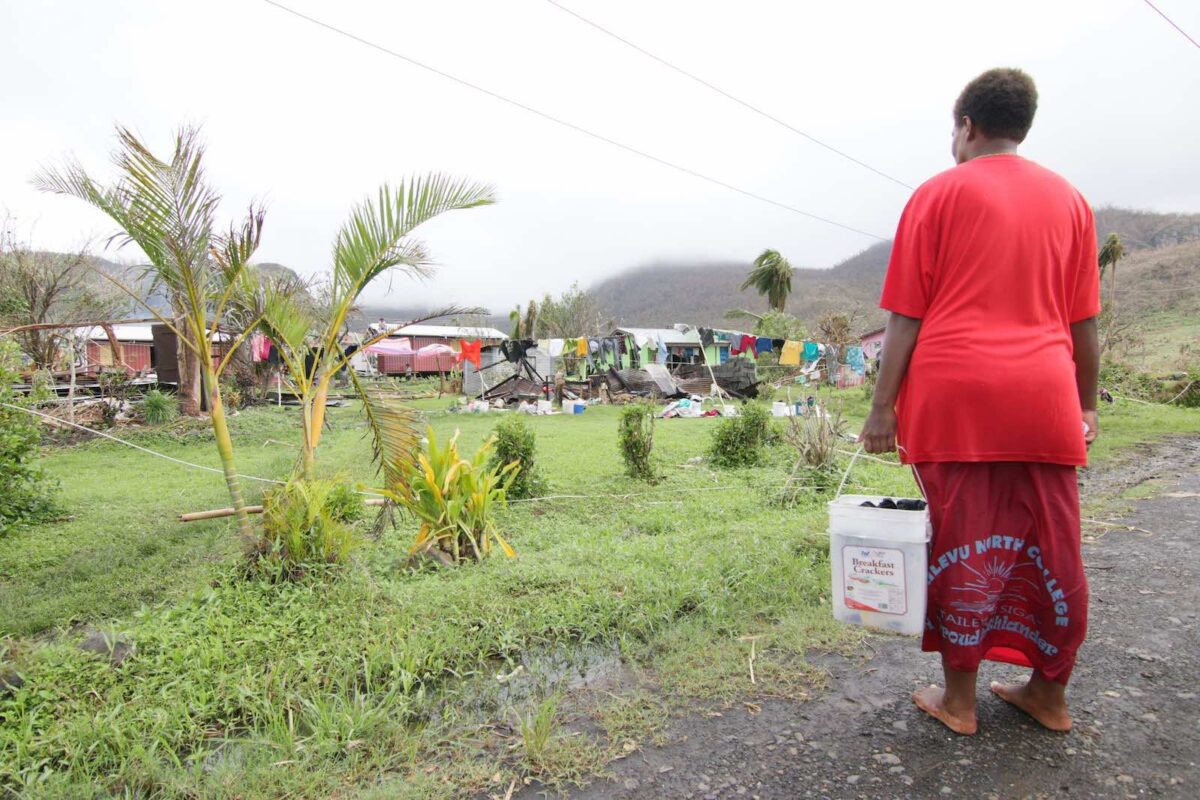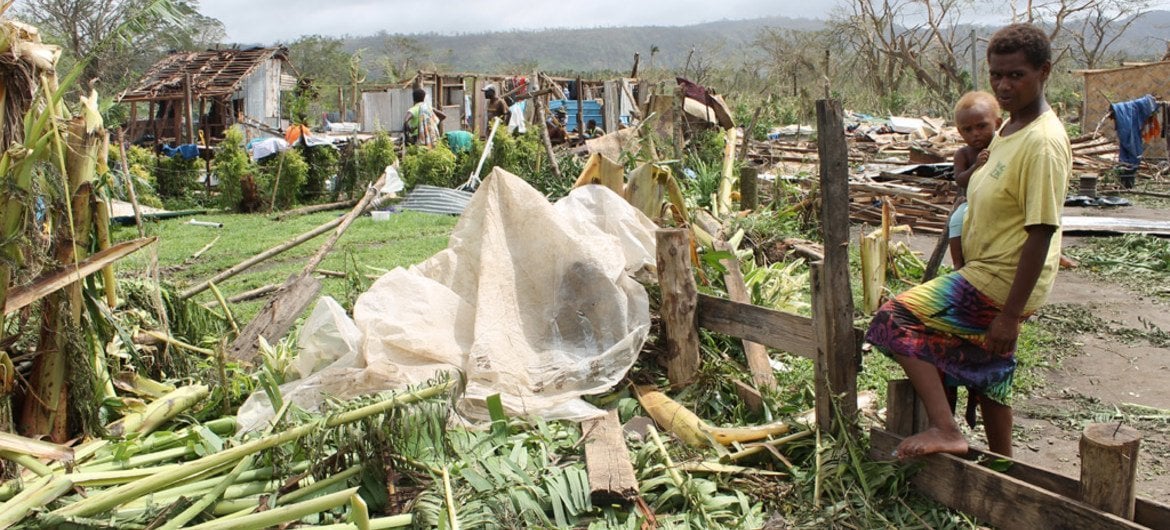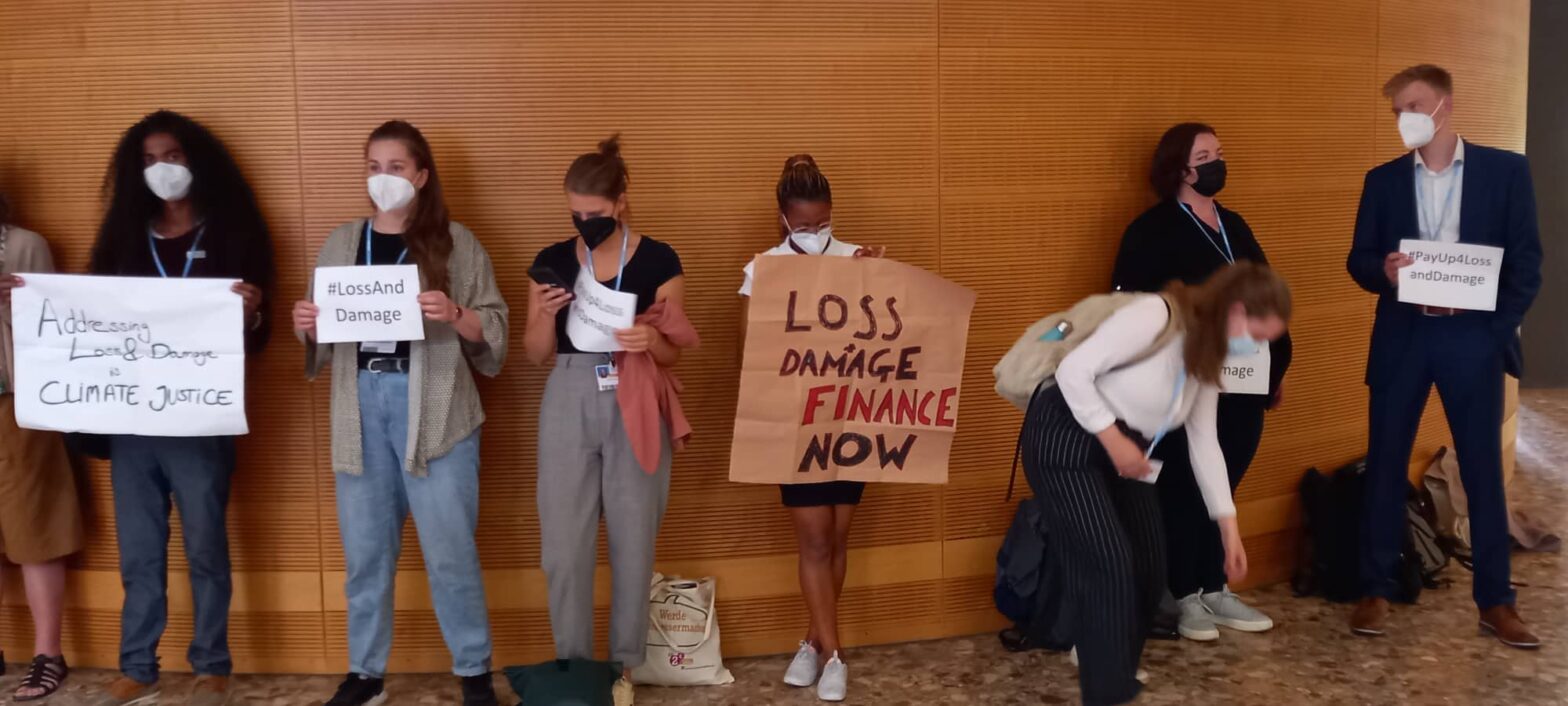Pacific Islands are facing a serious debt crisis that has been worsened by the Covid-19 pandemic and the resulting shutdown of the tourism industry. Research based on International Monetary Fund country reports shows that the average debt-to-GDP ratio for Pacific states has risen from 32.9 per cent in 2019 (before the pandemic) to 42.2 percent in 2021. Fiji, Vanuatu and Palau all have debt-to-GDP ratios greater than 70 per cent. An unprecedented Pacific debt conference, held last month in Suva to address the emerging problem, was sorely needed.
On 05–8 April, the Pacific Island Forum Secretariat and the UN Economic and Social Commission for Asia and the Pacific, along with Fiji and Tuvalu, hosted the conference, which brought together Pacific Island governments and their creditor nations. The conference was aimed at finding solutions to both the debt and climate crises and was crucial to establishing the link between the two. As research shows, the rising rate and intensity of extreme weather events make the Pacific’s debt situation ever more precarious.
The IMF considers these debt loads to be manageable. What really makes Pacific watchers nervous are climate-related extreme weather events, which bring further hits to Pacific economies and make the debt situation worse.
Disasters do terrible damage to infrastructures such as roads, buildings, schools and power lines. These need to be repaired and disaster-proofed before the next storm, cyclone or flood. But Pacific Islands should not be expected to take out loans to pay for climate disaster repairs and resilience – that is both a morally indefensible and an economically incoherent solution. After all, Pacific Islands did not cause the climate crisis. Their creditor countries did.
So, what should be done?
Australians need to think more ambitiously about loan-free finance for loss and damage.
The first solution would be an automatic response to disasters that also addresses debt questions. This would be a two-pronged response:
*An immediate suspension of debt repayments for a defined period – say two years
*And – this is critical – use those two years to negotiate debt restructuring and where necessary, cancellation.
Second, Australia and other high-income countries should support Pacific-led climate initiatives such as The Pacific Resilience Facility (PRF). The PRF was set up in 2021 with the intention of raising $1.5 billion from donor countries in a pledge round later this year. Crucially, because the PRF gives grants through disbursements that come from the interest earned on the capital base, it does not create debt.
The PRF’s list of intended projects consists of emergency centres, new jetties, navigation lanes, quarantine centres and other small scale, town and village-level projects. These will enrich both the formal and informal economies simultaneously.
One might contrast the PRF to the Australian Infrastructure Financing Fund to the Pacific (AIFFP), to which the previous government doubled its budget allocation. Some AIFFP projects are for renewable energy including hydro and solar, but very few are for adaptation or improving resilience of existing infrastructure. A much better use of Australian funds would be to invest in the PRF.
Third, Australians need to think more ambitiously about loan-free finance for loss and damage. At Glasgow last year, high-income countries renewed their commitment to give US$100 billion in climate finance to lower-income countries. In reality, this is just a portion of what vulnerable countries, including small island states, need.
The Solomons Islands-China deal has focused Australian attention on the Pacific, and there is an opportunity for the Australian government to act as a better neighbour in the region. Australia could show leadership by making generous pledges to Pacific Islands at the G20 and COP meetings in Bali and Egypt this year – and in doing so make its intentions clear that the Pacific and other Small Islands Developing States are a priority destination for such a pledge.
In the meantime, Pacific Islands might consider setting up vehicles for receiving debt-free finance to deal with climate-related loss, damage and adaptation measures such as a scaled-up PRF or a separate Pacific-controlled grant-making institution.
We know that debt swaps can be effective in helping mobilise additional finance for development and for climate, but the evidence is mixed when it comes to their ability to reduce debt burdens.
Finally, there needs to be a more comprehensive solution to Pacific debt. Many of the talks at the conference in Suva advocated debt-for-climate swaps and for Pacific Islands to seek help through the G20’s Common Framework. The Common Framework is, however, not working. Only three countries out of dozens that are in precarious debt situations have applied for it.
Inspiration can be found in the Heavily Indebted Poor Countries (HIPC) initiative of the 1900s and 2000s. Research shows that participating countries saw their average public debt-to-GDP ratios fall from 75 per cent in 2006 to 40 per cent in 2012.
A new HIPC-type scheme, similar to the proposed Debt Relief for a Green and Inclusive Recovery, could incorporate a multidimensional vulnerability lens for access to the scheme and focus on green recovery programs rather than poverty reduction alone.
As for debt swaps, we should be realistic about what they can achieve. My organisation was involved in advocating for Australia’s first and only debt swap, the Debt2Health agreement with Indonesia. We know that debt swaps can be effective in helping mobilise additional finance for development and for climate, but the evidence is mixed when it comes to their ability to reduce debt burdens. Moreover, China, the largest bilateral creditor to the Pacific, has not shown much interest in them.
Penny Wong, Australia’s new Foreign Minister, pledged during her Pacific visit last week that Australia is “a partner that doesn’t come with strings attached” and won’t impose “unsustainable financial burdens”.
The debt conference was clearly an important first step – it is now up to Australia and other creditors to help ensure that we find proactive, not reactive, solutions to these emerging challenges.
This opinion is by Luke Fletcher (Executive Director, Jubilee Australia Research Centre, and a Visiting Fellow at the UNSW School of Social Sciences), originally published at The Interpreter on 01 June 2022, reposted via PACNEWS.




